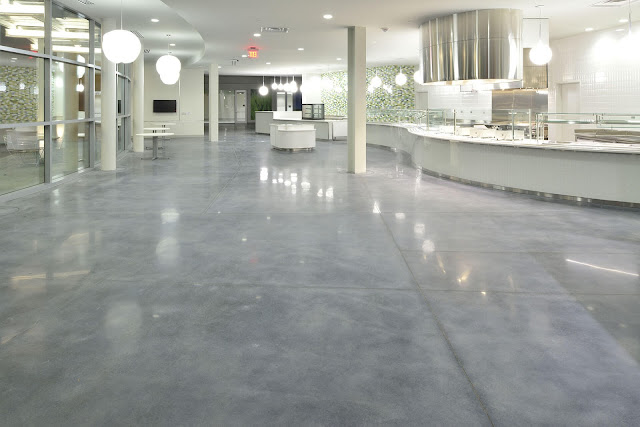How to Choose the Right Floorboard Sander for the Job
Are you looking to breathe new life into your tired, worn-out floors? Whether you're refinishing hardwood, tackling a DIY project, or getting your floors ready for a fresh coat of paint, choosing the right floorboard sander is crucial for achieving professional results.
With so many options available on the market, selecting the perfect floorboard sander can seem like a daunting task. But fear not! In this guide, let’s walk you through everything you need to know to make an informed decision and choose the best floorboard sander in Melbourne for your specific needs.
Assess Your Project Needs
Before diving into the world of floorboard sanders, take some time to assess your project needs. Consider the following factors:
- Type of Flooring: Determine the type of flooring you'll be working on. Different types of floor surfaces may require different sanding techniques and equipment.
- Size of the Area: Consider the size of the area you'll be sanding. For larger projects, you may need a more powerful, heavy-duty sander, while smaller projects may only require a lightweight, handheld model.
- Level of Damage: Assess the condition of your floors. If you're dealing with deep scratches, stains, or uneven surfaces, you'll need a sander with more power and versatility.
Types of Floorboard Sanders
There are several types of best floorboard sander in Melbourne available, each designed for specific purposes. The most common types include:
- Drum Sanders: Ideal for sanding large areas of hardwood flooring, drum sanders use a rotating cylindrical drum covered in sandpaper to smooth out rough surfaces.
- Orbital Sanders: Also known as rotary sanders, orbital sanders are versatile tools that are suitable for a variety of tasks, including sanding hardwood floors, removing paint, and smoothing out rough surfaces.
- Edge Sanders: Designed to reach tight spaces and corners, edge sanders are perfect for sanding along baseboards, walls, and other hard-to-reach areas.
- Handheld Sanders: Lightweight and easy to maneuverer, handheld sanders are great for smaller projects and spot repairs.
Considerations When Choosing a Floorboard Sander
When choosing a floorboard sander, there are several key factors to consider:
- Power and Performance: Look for a sander with enough power to tackle your project effectively. Consider the motor size, sanding speed, and sanding capacity of the sander.
- Dust Collection System: A good dust collection system is essential for keeping your work area clean and preventing dust from circulating throughout your home. Look for a sander with an efficient dust collection system or invest in a separate dust extractor.
- Versatility and Ease of Use: Choose a sander that is versatile and easy to use. Look for features such as adjustable speed settings, ergonomic handles, and quick-change sanding pads.
- Durability and Reliability: Invest in a high-quality sander from a reputable brand that is built to last. Read reviews, check product specifications, and choose a sander that comes with a warranty for added peace of mind.
Final Words
Choosing the best floorboard sander in Melbourne for the job is essential for achieving professional results and making your project a success. By assessing your project needs, considering the different types of sanders available, and taking into account key factors such as power, performance, dust collection, versatility, and durability, you can select the perfect sander for your specific needs.
With the right tools and techniques, you can transform your tired, worn-out floors into beautiful, like-new surfaces that you can be proud of.




Comments
Post a Comment